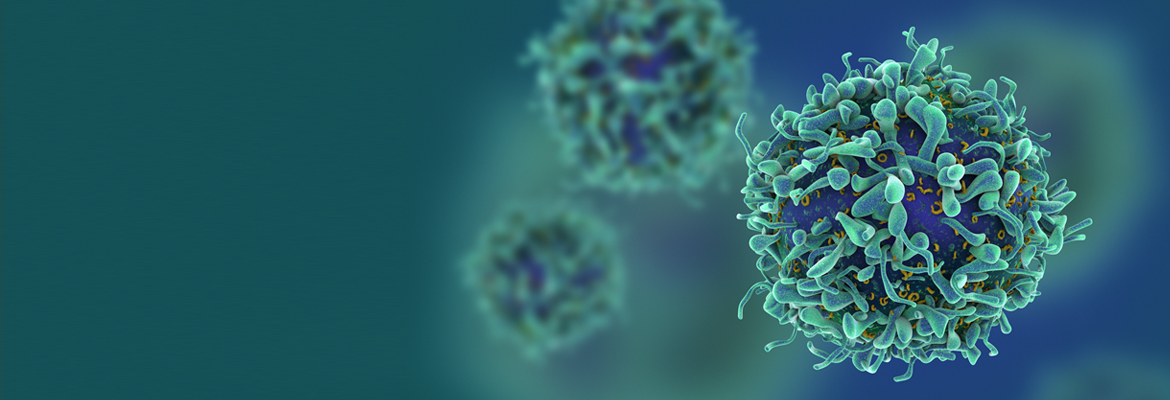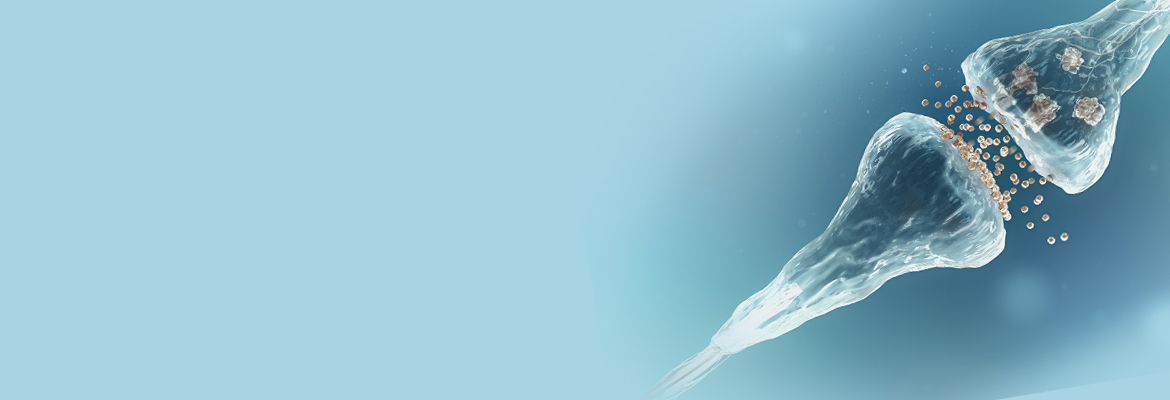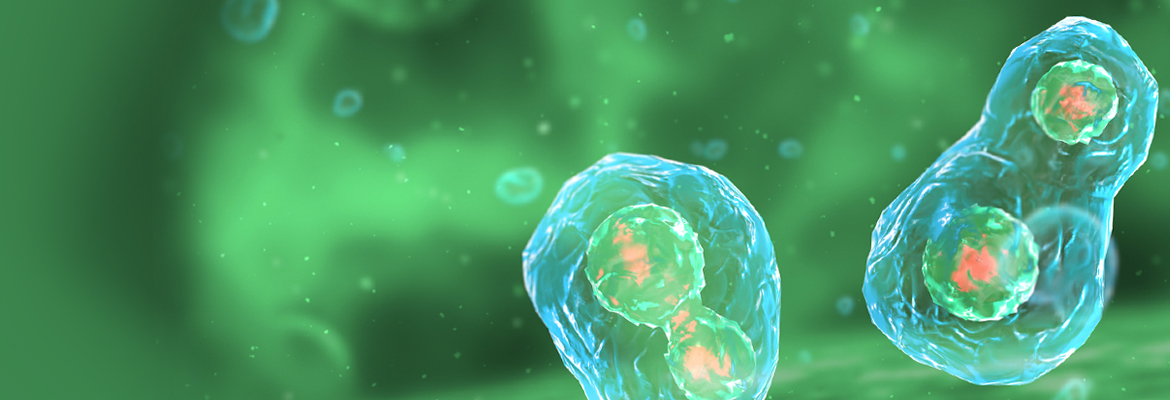Scientists at Children’s Hospital of Philadelphia revealed a surprising way that adenovirus uses a viral protein to prevent infected cells from releasing a danger signal from the nucleus to alarm the immune system.
Why it matters: The novel mechanism the researchers discovered that enables this common human virus to evade the immune system establishes new connections within the fields of virology, immune signaling, and chromatin biology. Knowledge of these molecular interactions could lead to new strategies to control unwanted inflammation in other diseases such as cancer and severe infections such as sepsis.
Key CHOP investigators: Daphne C. Avgousti, PhD, CHOP postdoctoral fellow; Matthew Weitzman, PhD, CHOP virologist and associate professor of Pathology, Pediatrics and Microbiology at the Perelman School of Medicine at the University of Pennsylvania; G. Scott Worthen, MD, CHOP neonatology researcher and professor of Pediatrics at Penn.
How they did it: Since the adenovirus protein known as protein VII has a role on the compacted viral genome, the study group applied research techniques and principles that are typically used to study histones, the proteins that condense a cell’s DNA into chromatin (the collection of chromosomes). They tested whether protein VII could mimic histones and disrupt the structure of cellular chromatin in cell culture, in human lung tissue in the laboratory, and in mouse models — and found that it did. They also found that this viral protein actually retains the molecule HGMB1, an important danger signal, within the nucleus, and as a result suppresses the recruitment of immune cells.
Quick thoughts: “We have learned a new way that this virus evades the immune system, and this insight suggests a potential method of exploiting the process to control immune responses for patient benefit,” Dr. Weitzman said.
Next steps: The scientists will continue to investigate other viral proteins to determine whether they act similarly, in hiding alarm signals from the immune system.
Where it was published: Nature
Funding sources: The National Institutes of Health supported this study (grants CA115299, GM112414, and CA097093, and others).
Read more: See the Cornerstone blog post.











